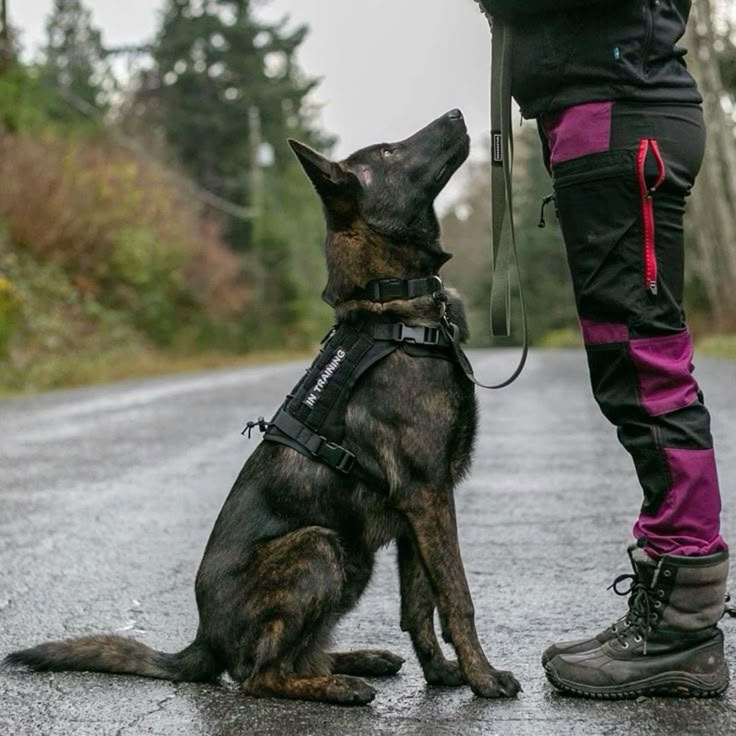Los Angeles, a vibrant and bustling metropolis, offers an exciting lifestyle for both humans and their canine companions. However, urban living presents unique challenges for dogs, from navigating crowded sidewalks and noisy streets to interacting politely in dog parks and pet-friendly establishments. To ensure a well-adjusted, confident, and happy dog in this dynamic environment, specialized training tailored for urban living is not just beneficial—it’s essential. This article explores what constitutes the best dog training LA for urban living, focusing on programs that equip dogs and their owners with the skills to thrive in the city.
Understanding Urban Dog Challenges
Dogs living in Los Angeles frequently encounter a myriad of stimuli that can be overwhelming without proper training and socialization. These common urban challenges include:
- High Distraction Environments: Constant exposure to traffic, sirens, pedestrians, other dogs, and novel sounds.
- Leash Reactivity: Lunging, barking, or growling at triggers while on a leash, often due to overstimulation or fear.
- Crowd Navigation: Learning to walk calmly through busy areas without pulling or becoming anxious.
- Apartment Living: Managing energy levels, potty training, and barking in confined spaces.
- Social Etiquette: Proper greetings with strangers and other dogs in public settings.
- Noise Sensitivity: Reactivity to loud city sounds like construction, car alarms, or fireworks.
Effective urban dog training directly addresses these scenarios, preparing dogs to be calm, confident, and well-mannered city dwellers.
Key Components of Effective Urban Dog Training
The best dog training programs in Los Angeles for urban living incorporate specific elements designed to tackle these challenges head-on:
1. Advanced Socialization and Exposure
Beyond basic puppy playdates, urban training emphasizes controlled, positive exposure to real-world stimuli. This means:
- Environmental Socialization: Gradually introducing dogs to various urban sounds (traffic, sirens), sights (skateboards, strollers), and surfaces.
- People and Dog Etiquette: Teaching polite greetings with strangers and calm interactions with other dogs in a variety of settings.
- Public Access Training: For advanced levels, teaching dogs to remain calm and focused in pet-friendly stores, cafes, and public transport.
2. Rock-Solid Obedience in Distracting Environments
Commands learned in a quiet living room are useless if they don’t hold up on a busy street. Urban training focuses on:
- High-Distraction Proofing: Practicing commands like “sit,” “stay,” and “come” with increasing levels of real-world distractions.
- Reliable Recall: A crucial, potentially life-saving command, ensuring your dog returns to you reliably even amidst tempting distractions at a dog park.
- Loose-Leash Walking: Transforming walks from a tug-of-war into a pleasant experience, crucial for navigating crowded sidewalks and trails.
3. Addressing Reactivity and Anxiety
Many urban dogs develop reactivity or anxiety due to overstimulation. Top programs utilize:
- Desensitization and Counter-Conditioning: Gradually exposing dogs to triggers at a low intensity while creating positive associations (e.g., giving treats when a trigger is calmly observed).
- Stress Management Techniques: Teaching owners to recognize and manage their dog’s stress signals, and providing dogs with coping mechanisms.
- Confidence Building: Exercises designed to boost a dog’s self-assurance in new or challenging situations.
4. Impulse Control and Calmness
Teaching dogs to manage their impulses is vital for urban living. This includes:
- “Leave It” and “Wait” Commands: Preventing dogs from picking up unwanted items or bolting through doors.
- Settling and Relaxation Protocols: Training dogs to settle calmly in various environments, such as under a table at a cafe or during a quiet moment at home.
5. Owner Education and Empowerment
The best urban training programs empower owners with the knowledge and skills to continue the training effectively in their daily lives. This includes understanding canine body language, managing urban environments, and consistently reinforcing desired behaviors.
Top Training Options for Urban Living in LA
Los Angeles offers various programs that excel in preparing dogs for city life:
- Private In-Home Training: Ideal for addressing specific urban issues (e.g., barking at neighbors, reactivity on your street) directly in the context where they occur. Many independent trainers specialize in this.
- Board & Train Programs: For intensive, immersive training, where dogs receive consistent, professional exposure and training in controlled urban simulations. Facilities like Fun Paw Care and Elevated Canine Academy offer such programs.
- Specialized Group Classes: Some academies offer advanced obedience or “urban manners” classes that specifically focus on distractions and public etiquette.
Conclusion
For Los Angeles dog parents, investing in training tailored for urban living is an investment in a happier, safer, and more integrated life with their canine companion. By focusing on advanced socialization, rock-solid obedience in distracting environments, effective reactivity management, and strong owner education, the best dog training programs in LA equip dogs to confidently navigate the city’s unique challenges, transforming them into well-behaved and joyful urban dwellers.


